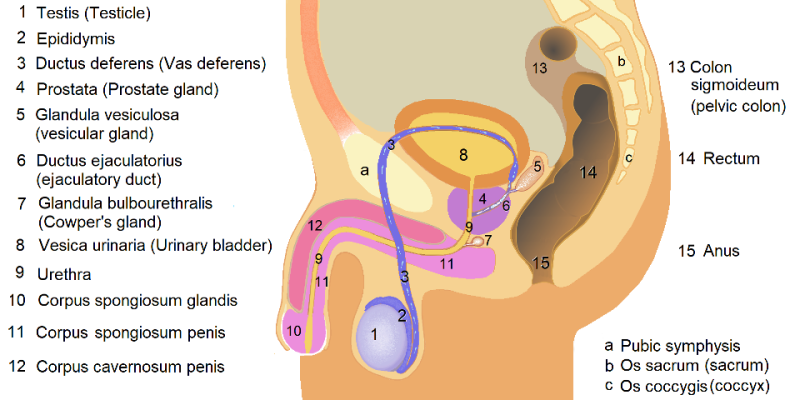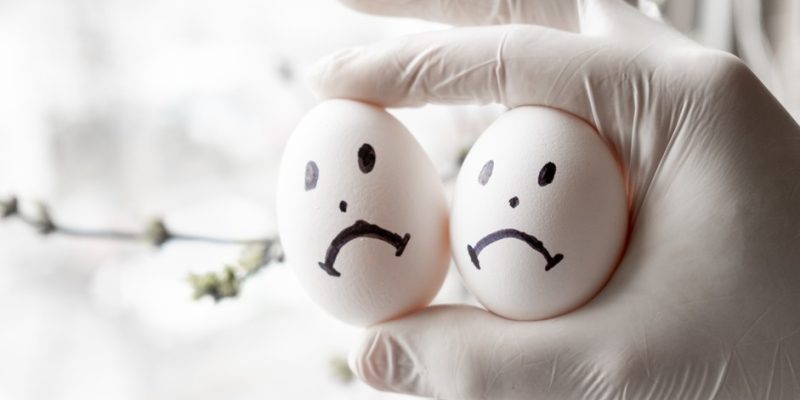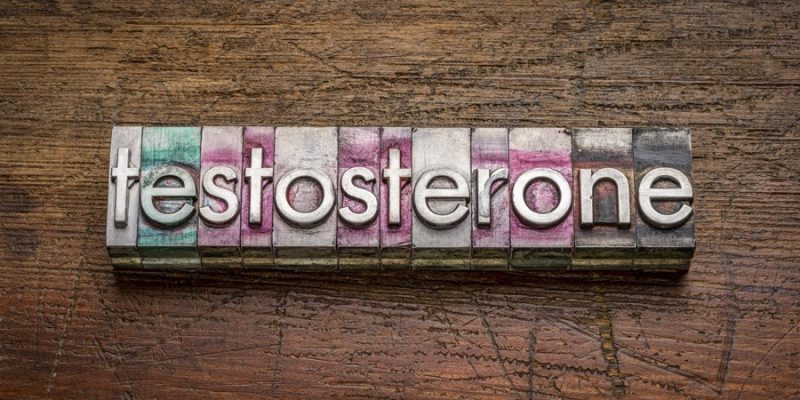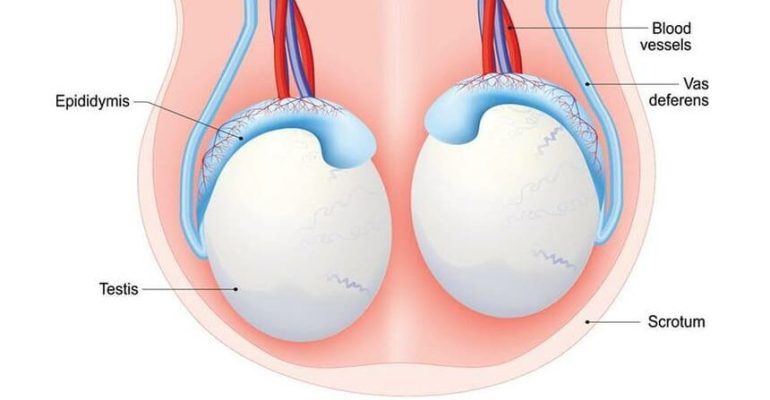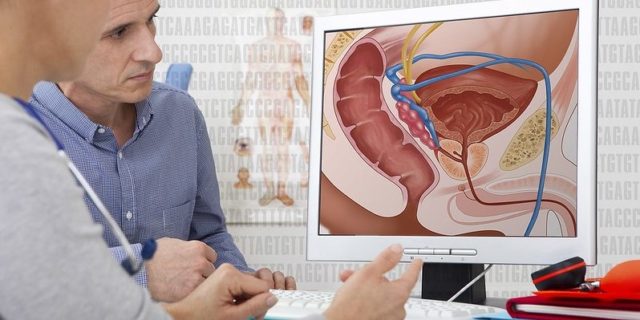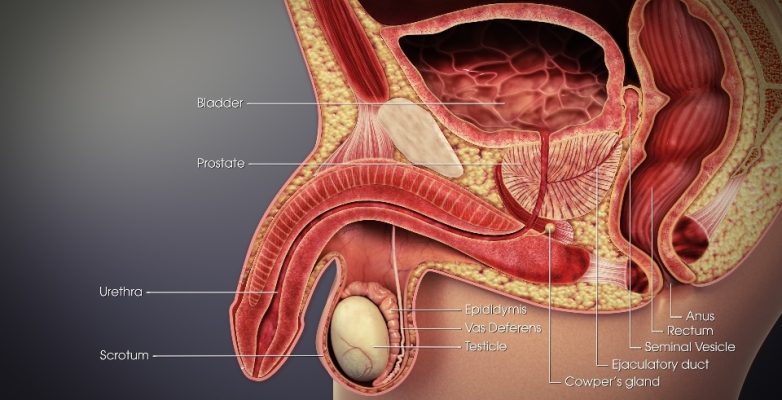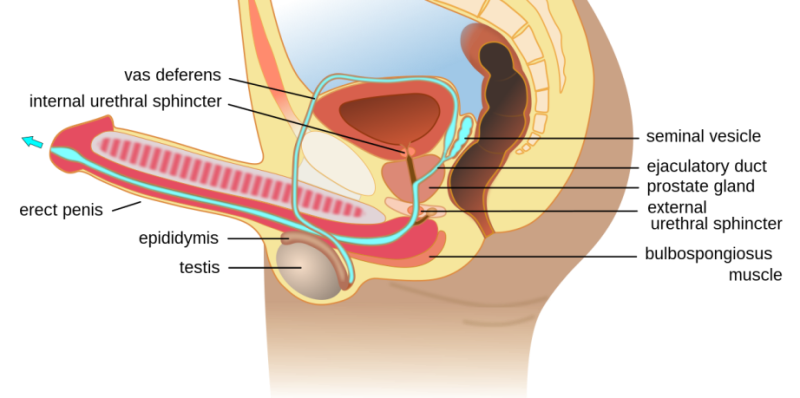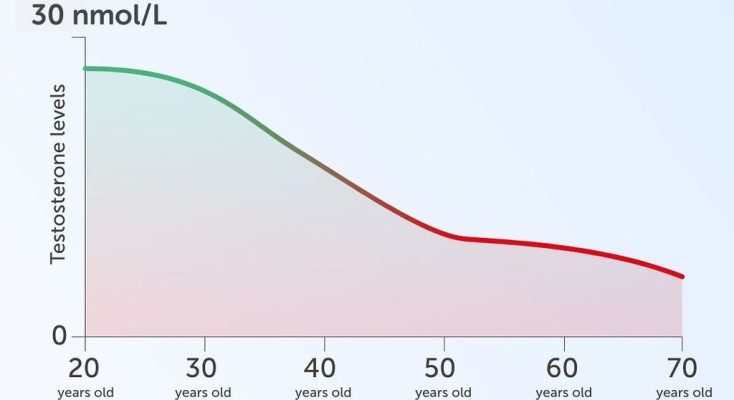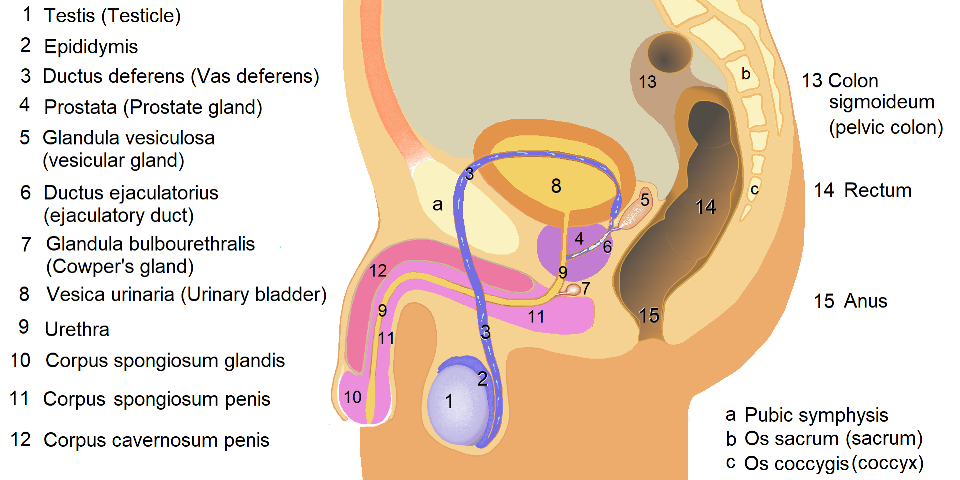
Epididymitis is characterized by inflammation, swelling, and pain of the epididymis, the curved tubular structure at the back of a testicle.
Often the testicle itself also gets inflamed. In this case, the medical condition is usually called Epididymo-orchitis.
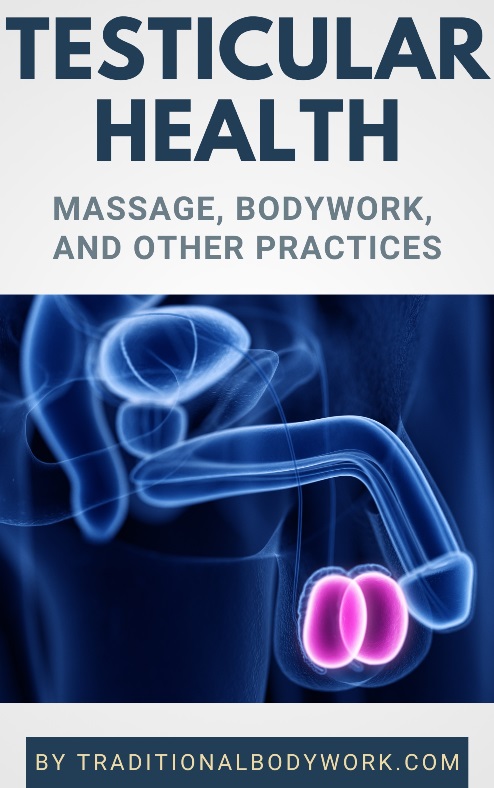
Other symptoms may include sudden or gradual pain in one or both of the testicles, the scrotum becoming tender, warm and swollen, build-up of fluid around the testicle, difficulty peeing, frequent or burning urination, blood in semen, fever, or a white, yellow or green discharge from the tip of the penis.
Epididymitis is commonly caused by a viral or bacterial infection — often a sexual transmitted disease, but not necessarily — and is usually treated with antibiotics.
Other causes may be genitourinary surgery, such as vasectomy, prostatectomy and urinary catheterization, or even the use of certain types of medication.
Another related condition is chronic epididymitis, which is epididymitis that is present for more than three months. In these cases, there’s often no infection, but all the other symptoms are still present. It typically repeatedly comes and goes.
Chronic epididymitis is characterized by inflammation even when there is no infection present. This condition is most commonly associated with lower back pain, and the start of pains often co-occurs with activity that stresses the low back.
Although usually also treated with antibiotics, it’s generally believed that most cases of chronic epididymitis will eventually disappear by themselves, though this might take years or even decades.








